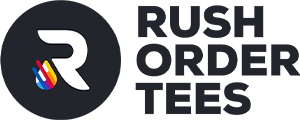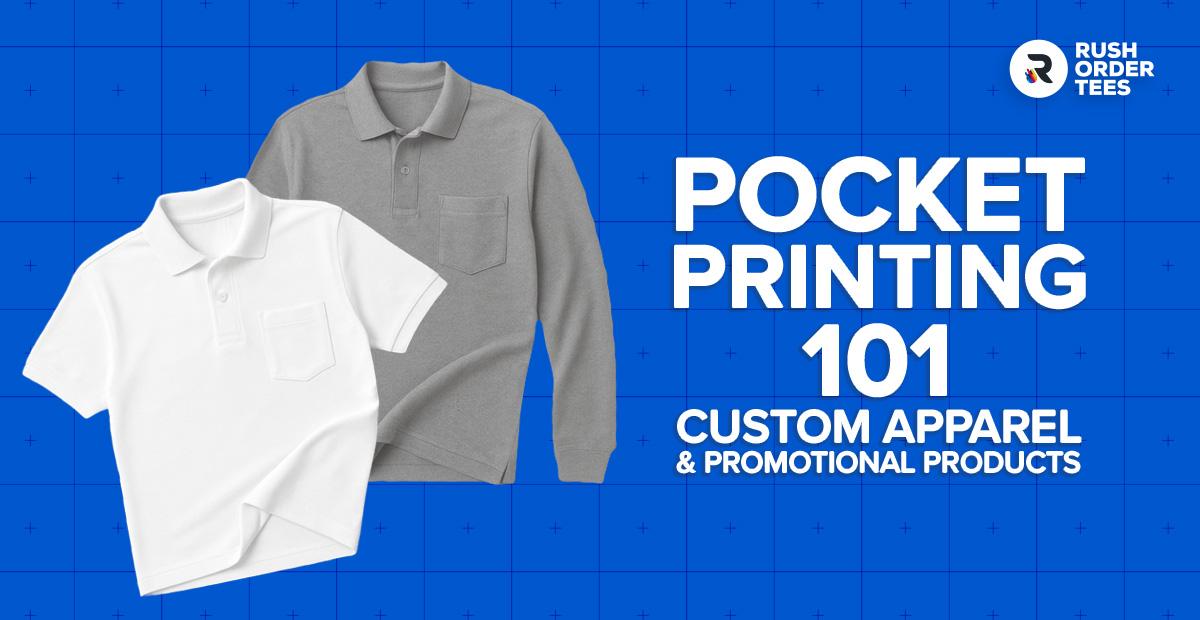

Pocket Printing Guide: Custom Apparel & Promotional Products
Pocket printing is one of the most common questions we get from customers planning custom apparel and promotional product orders. While it's a less common print location for standard apparel like t-shirts and hoodies, it can be strategic and impactful when executed properly. For certain promotional items like bags, backpacks, and totes, the pocket might actually be the ideal print area—offering prime visibility and a natural focal point for your logo.
However, pocket printing comes with specific limitations and considerations that don't apply to standard print locations. Factors like seam construction, pocket size, print method compatibility, and placement restrictions all influence the final result. In this guide, we'll break down everything you need to know about printing on pockets.
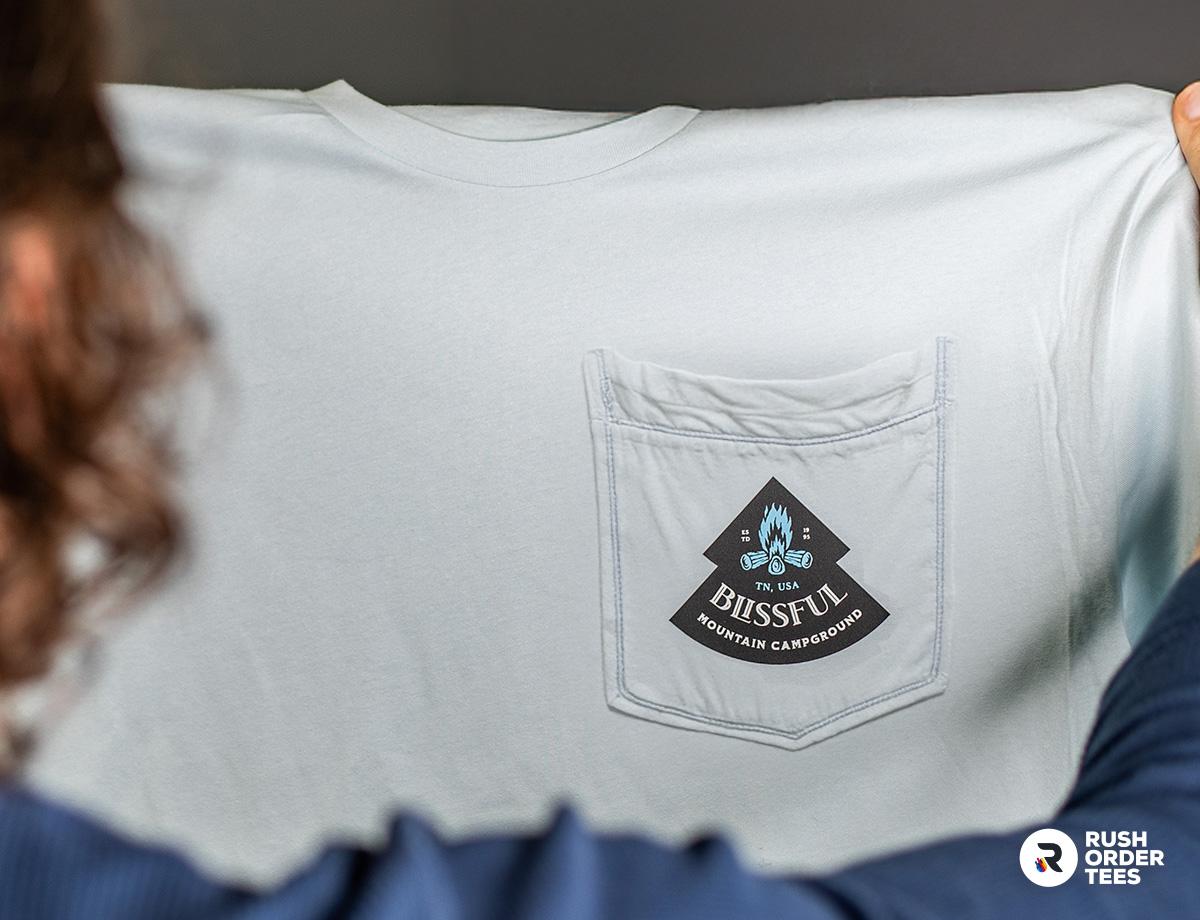
Can You Print Directly On Any Pocket? The Short Answer
Yes, you can print directly on pockets–and it's often an excellent branding choice for both apparel and promotional products. The success depends on several factors working together: the print method you choose, the pocket's construction and material, the size and complexity of your design, and how the pocket is positioned on the garment or bag.
Different combinations of these factors create different opportunities and limitations—what works perfectly for an embroidered logo on a cotton shirt pocket might not work for a full-color design on a synthetic backpack pocket.
The key is understanding that pocket printing isn't a one-size-fits-all solution, but rather a customizable approach that requires matching your specific needs to the right combination of product, method, and design strategy.
Pocket Printing on Apparel
Shirts
Pocket t-shirts, long sleeves, and polos all feature similar left chest pockets with roughly 3" x 3" printable areas. This compact space works well for simple logos, company names, or small graphics using screen printing, embroidery, or heat transfers. Many customers opt to print just above the pocket instead, which allows for slightly larger designs while maintaining the professional left-chest placement that people expect on business casual and uniform apparel.

Hoodies
Pocket printing on hoodies varies significantly between styles. Zip-up hoodies have two separate pockets, each accommodating designs up to 4" x 4", perfect for matching logos or split designs. Pullover hoodies feature a single kangaroo pocket with a wider printable area—typically 6" wide by 3" high—though exact dimensions depend on the specific hoodie style and manufacturer. The larger surface area on pullovers opens up opportunities for text-based designs or horizontal logo layouts.
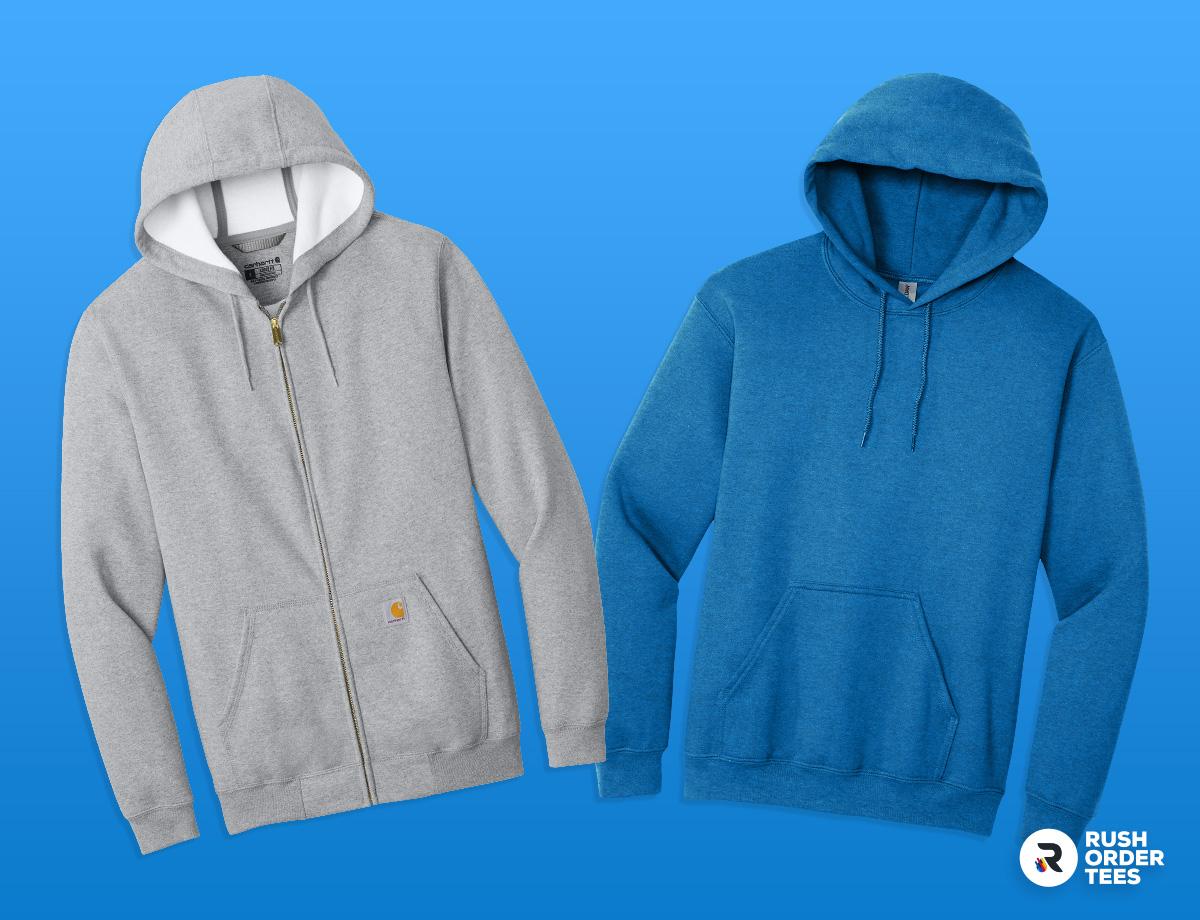
Business Apparel
Corporate clothing like button-up shirts, dress shirts, and blazers calls for understated pocket customization. These garments typically feature small embroidered logos, company emblems, or monograms on the left chest pocket. The professional setting demands subtle branding—usually 1" to 2" in size—that enhances rather than dominates the garment's appearance. Embroidery is the preferred method on business apparel for its polished look and durability through frequent dry cleaning.

Workwear
Workwear pockets vary dramatically in size and placement, requiring case-by-case evaluation. Aprons often feature large front pockets that can accommodate 4" to 6" designs, while safety vests, lab coats, and work jackets may have smaller utility pockets limited to 1" to 2" logos. The key is matching your design ambitions to the specific pocket dimensions and considering how the branding will look alongside required safety markings or industry-standard features.

Pants & Shorts
The rear left pocket offers the most reliable printing location on pants and shorts, with similar 3" x 3" dimensions to standard shirt pockets. Front pocket printing is rare and limited to specific garment constructions, but rear placement provides consistent access and visibility for logos or small designs. Pants and shorts typically handle embroidery better than other methods due to their heavier construction and stable pocket backing. Cargo-style pants and work shorts with large utility pockets present unique opportunities—particularly along pocket flaps where designs can be larger and more prominent while maintaining functionality.

Pocket Printing on Bags and Promotional Products
Tote Bags
Tote bags rank among the most popular promotional products, with pocket printing options varying significantly by design. Some feature small utility pockets, others have large side panels, and many include zippered compartments. While you can always print on the non-pocket side for simplicity, the pocket side often gets more visibility and usage, making it prime real estate for your branding. Print sizes range from 3" x 3" on smaller pockets up to 8" x 10" on large panel designs, accommodating everything from simple logos to detailed artwork.
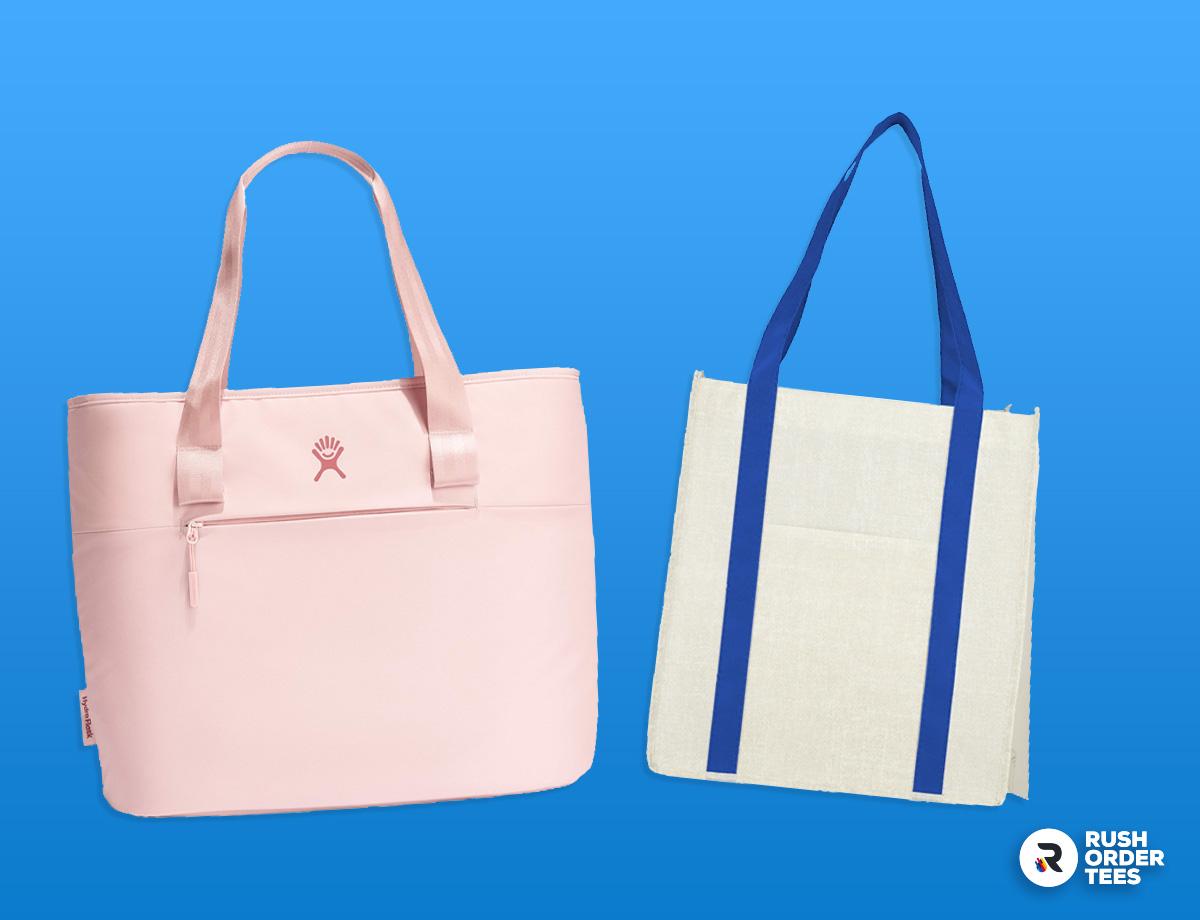
Backpacks
Backpack pocket printing typically involves smaller designs due to construction limitations, with embroidery being the preferred method for durability. The front pocket represents the ideal branding location—it's prominent, visible, and exactly where people expect to see logos on promotional items and corporate swag. Rather than hiding your brand on a back panel or side pocket, the front pocket placement ensures maximum visibility while maintaining the professional appearance that makes backpacks effective marketing tools.

Drawstring Bags
As the most economical option for giveaways and event swag, drawstring bags usually feature screen printing or DTF rather than embroidery. Many designs incorporate zippered pocket panels built into entire bag sides, creating substantial print areas up to 10" x 10". This generous space allows for larger logos, detailed graphics, or text-heavy designs that would be impossible on smaller pocket areas, making drawstring bags excellent for bold, eye-catching promotional campaigns.
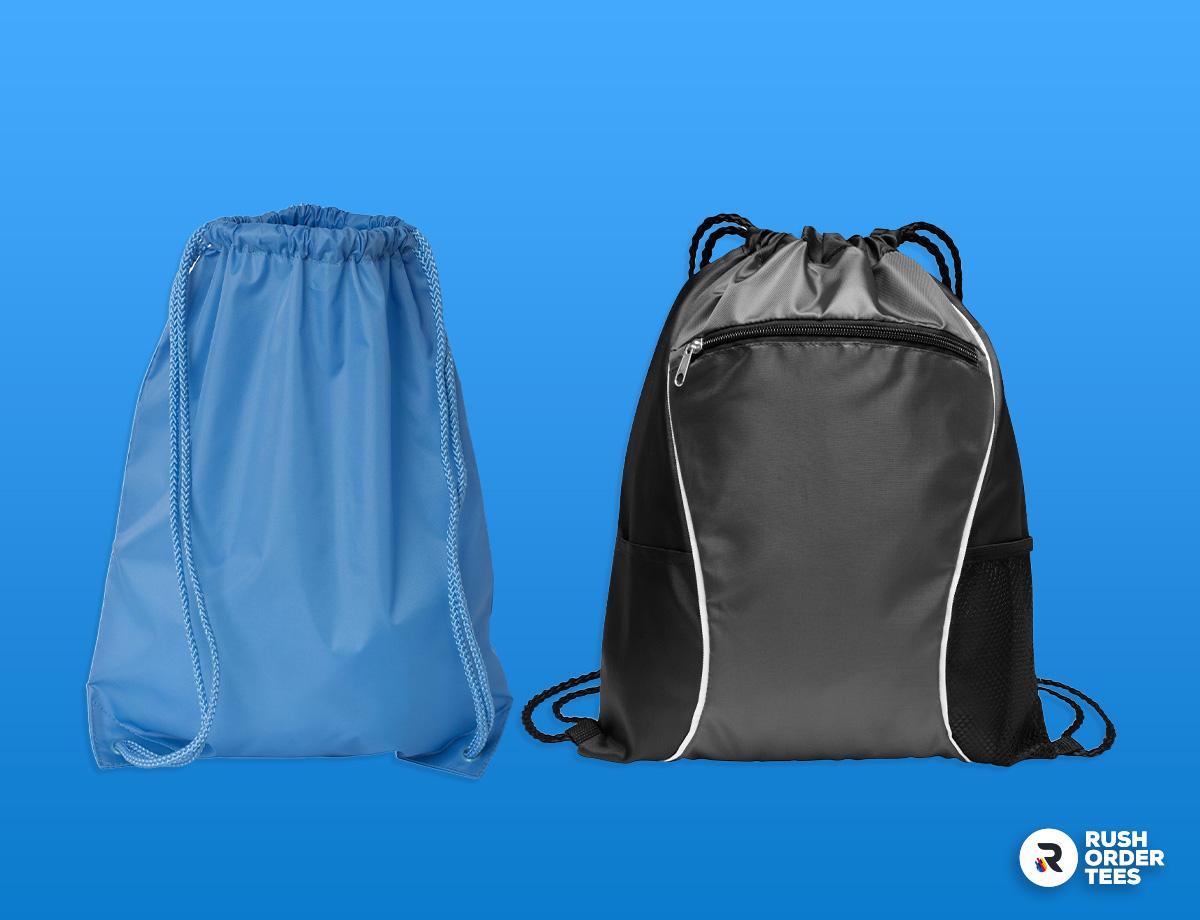
Duffel Bags
Duffel bags typically feature multiple side pockets and panels, with manufacturers usually designating one prime location for customization. Embroidery remains the most common decoration method due to the heavy-duty construction, though screen printing and DTF work on certain fabric types and panel configurations. Print sizes vary based on pocket dimensions and placement, but the key is identifying which pocket offers the best visibility and brand exposure for your specific use case.

Travel Bags and Accessories
Luggage, fanny packs, lunch boxes, and travel accessories present diverse pocket printing opportunities with sizes varying by product category. Embroidery dominates this space, especially for corporate gifts and retail merchandise, due to its professional appearance and durability through travel wear. Most manufacturers design these products with customization in mind, often featuring designated branding areas that may coincide with functional pocket spaces, creating natural focal points for logo placement.
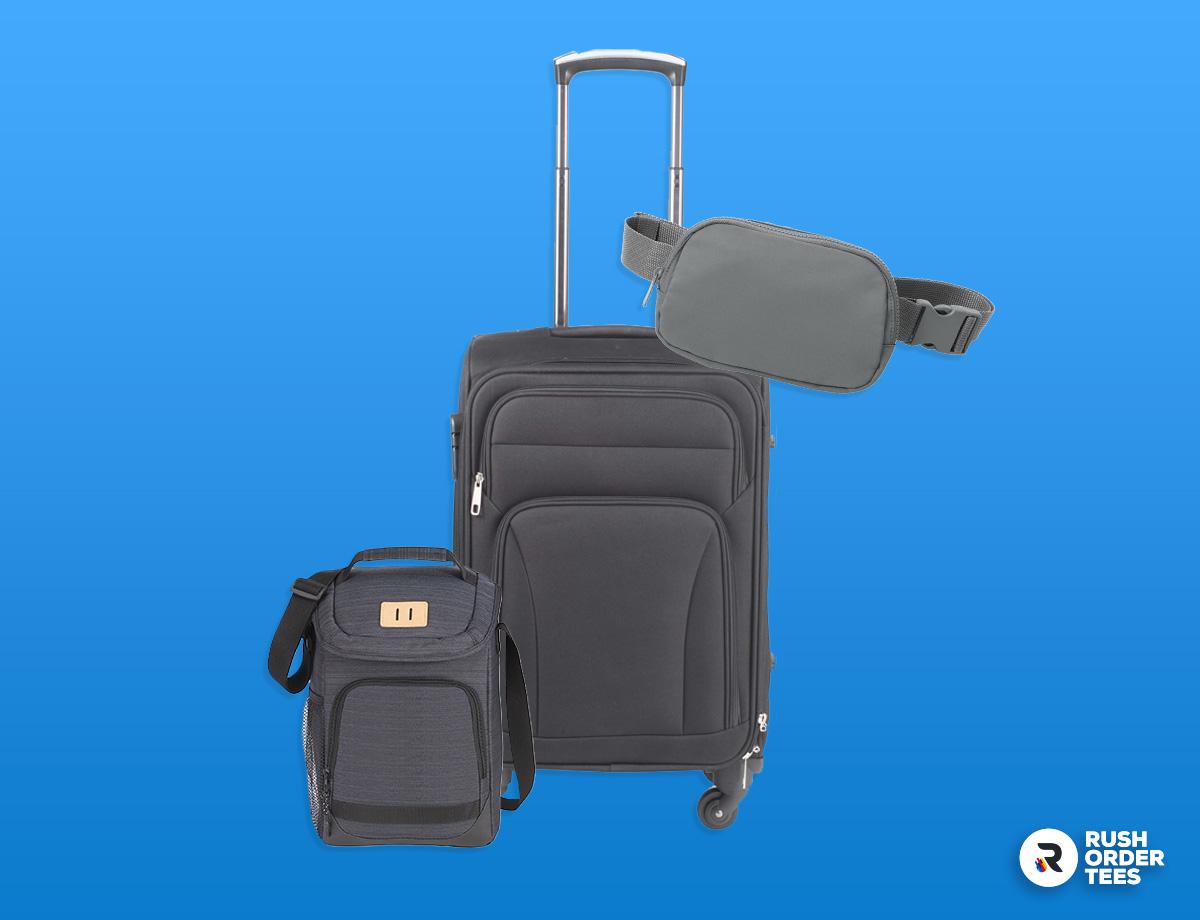
Pocket Printing: How It's Done
Embroidery on pockets requires specialized hooping techniques or hoop less stabilizers to access the print area without stitching the pocket shut. Designs must stay relatively small—typically under 3 inches—to work within pocket dimensions and avoid registration issues from fabric movement under thread tension.
The process involves inserting rigid backing behind the pocket, which can affect pocket functionality depending on thickness. While embroidery creates premium results with excellent durability, the backing material and smaller size limitations require careful design planning to maintain both appearance and pocket usability.
Screen printing pockets use custom sleeve platens or small specialty fixtures that fit inside or beneath the pocket area, providing the flat surface needed for clean ink transfer. The main limitation is synthetic bag materials that can't handle the high-heat curing temperatures required for screen printing inks. These materials may melt, warp, or discolor during the curing process.
Cotton and canvas pockets handle screen printing well, but designs must stay at least 1 inch from seams to prevent distortion and ensure proper ink adhesion.
DTF (Direct-to-Film) transfers are becoming increasingly popular for pocket printing because they work on virtually any material and don't require high-heat curing like screen printing. The process uses padded platens or pressing pillows inserted behind the pocket to create an even surface while keeping seams recessed.
This method excels with full-color designs, photographic images, and fine details that other methods can't achieve on pockets. The lower temperature requirements make DTF ideal for synthetic bags and technical fabrics that traditional screen printing processes would damage.
Heat transfer patches offer an excellent alternative when direct printing methods face limitations, particularly on bags where the three-dimensional aspect creates a professionally branded appearance. These patches come in various textures—rubber, leather, embroidered, or woven—allowing for creative branding approaches that complement the bag's style.
The patch application process requires precise alignment and pressure control, but it bypasses many pocket printing challenges while adding premium visual appeal that makes promotional bags look more like retail merchandise than basic giveaways.
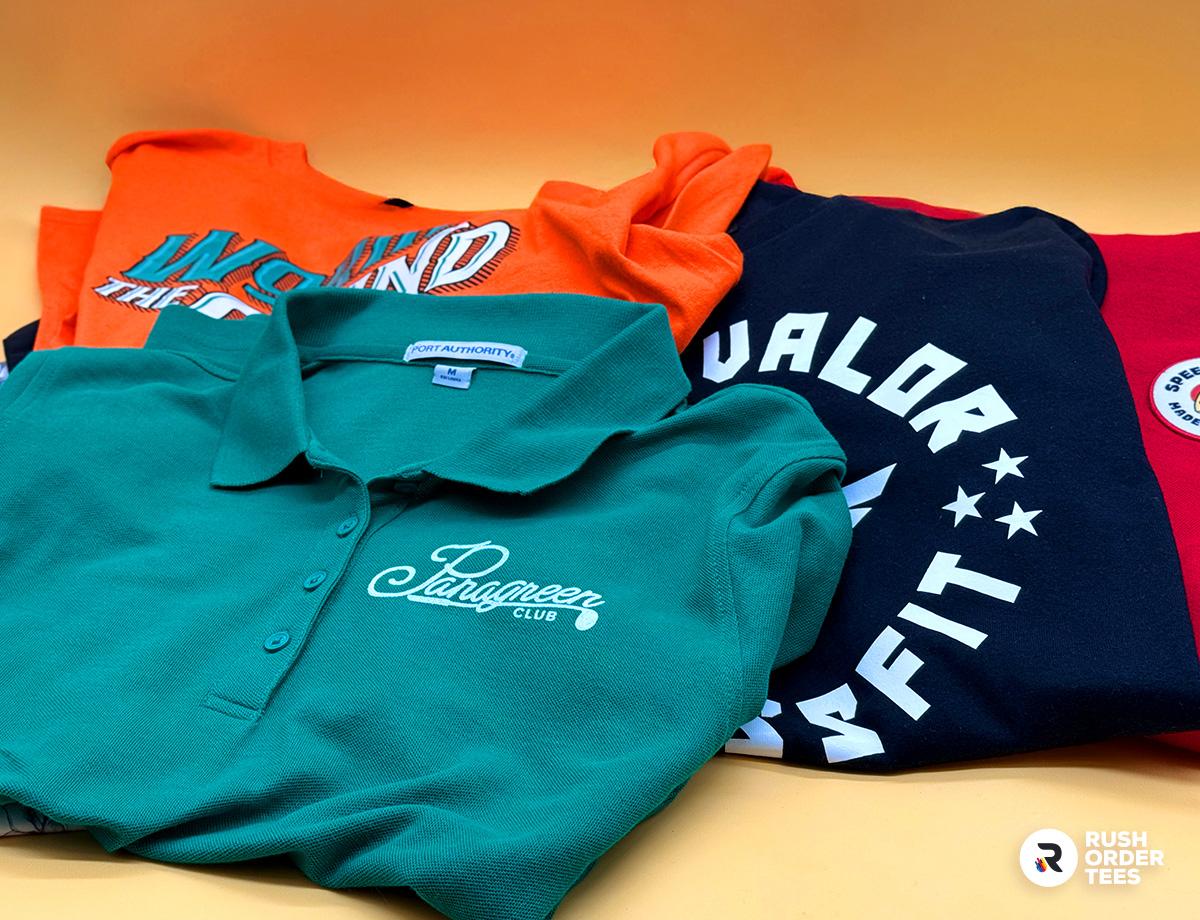
Tips for Successful Pocket Printing
- Keep Designs Simple - Simple designs always work best for pocket printing, where space limitations and method constraints favor clean, uncomplicated artwork. Embroidery struggles with fine details, and screen printing loses clarity at small sizes, so stick to bold shapes and minimal text. One color is usually sufficient and often looks more professional—less is definitely more when branding on pockets.
- Avoid Edges and Seams - Plan for your design to be centered on the pocket with adequate clearance from all edges and seams. Printing over seams is usually impossible or will distort your artwork, and most print methods require at least 1 inch of clearance between the design and any seam lines. This buffer zone ensures clean application and prevents registration issues during production.
- Measure Print Area - Determine the exact printable dimensions before starting your design work, including the required margin and buffer areas around seams. Knowing these limitations upfront prevents disappointment and ensures your artwork fits properly within the pocket's constraints.
- Use Vector Files - The best pocket prints start with high-quality vector artwork that maintains clean lines and sharp details even when scaled down to small sizes. Vector files ensure your design stays crisp and professional at pocket dimensions, though our art department can work with whatever files you have and optimize them for the best possible results.
- Consult with a Designer - Work with a professional designer or use our art department to ensure your design will work effectively on pocket placement. This step becomes especially important for large orders or premium corporate branding where the investment justifies professional design optimization. Expert guidance can save time, money, and ensure professional results.
- Order Sample Products - Testing with a sample product helps you evaluate the actual pocket size, material, and construction before committing to larger orders. Having the physical item in hand is particularly valuable for bags and less common promotional products where pocket dimensions and placement can vary significantly between manufacturers and styles.
- Test Your Design - Print your design on paper with a home printer, cut it out, and hold it against the actual product to visualize sizing and placement. This simple test reveals potential issues with scale, proportion, or positioning that aren't obvious when viewing designs on screen. The few minutes spent testing can prevent costly mistakes and give you confidence before placing your order.
- Check Proofs Carefully - When receiving digital proofs from your printing company, examine sizing and placement details carefully to ensure everything meets your expectations. Verify that the design is positioned in the optimal location and that all dimensions look correct relative to the pocket size. Catching issues at the proof stage prevents production problems and ensures your final products match your vision.

Get Professional Pocket Printing Results
Pocket printing offers unique branding opportunities when approached with the right knowledge and expectations. While it has specific limitations around design size, placement, and method compatibility, these challenges can be easily navigated with proper planning and professional guidance.
Whether adding subtle embroidered logos to business apparel, creating bold designs on promotional bags, or customizing workwear for maximum visibility, pocket printing can deliver impressive results that stand out from standard placement locations. The key is matching your design ambitions to the pocket's physical constraints and choosing the right decoration method for your specific products.
At RushOrderTees, we've spent over two decades perfecting pocket printing techniques across every type of apparel and promotional product. Our experienced art department evaluates every design for optimal placement and recommends the best decoration methods for your specific needs, ensuring professional results whether ordering a single sample or thousands of items. With no minimums, free shipping, and our satisfaction guarantee, we make it easy to test pocket printing on your projects.
Ready to see how pocket printing can enhance your custom apparel and promotional products? Browse our catalog and start designing today, or contact our team for expert guidance on your next pocket printing project.

About the Author
A graduate of the Multimedia program at the University of the Arts in Philadelphia, Imri Merritt is an industry veteran with over 20 years of graphic design and color separations experience in the screen printing industry.
